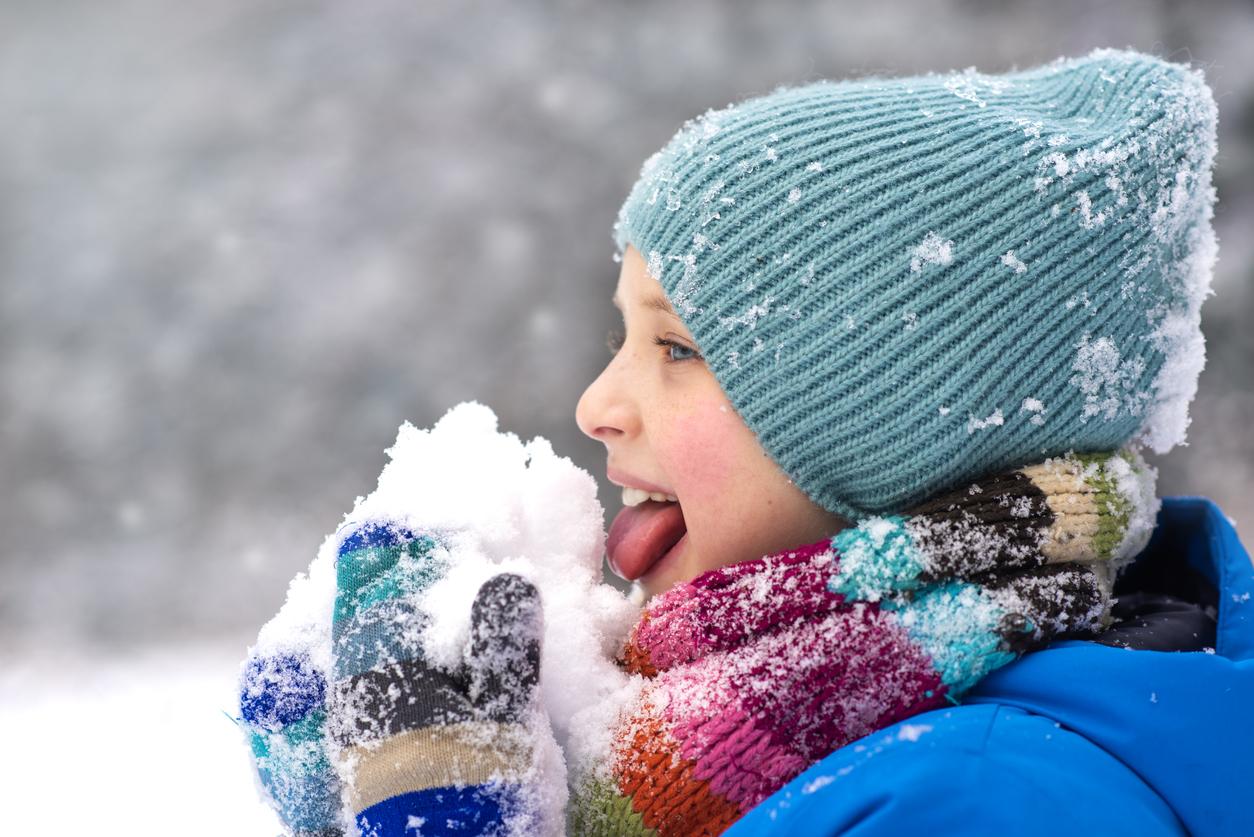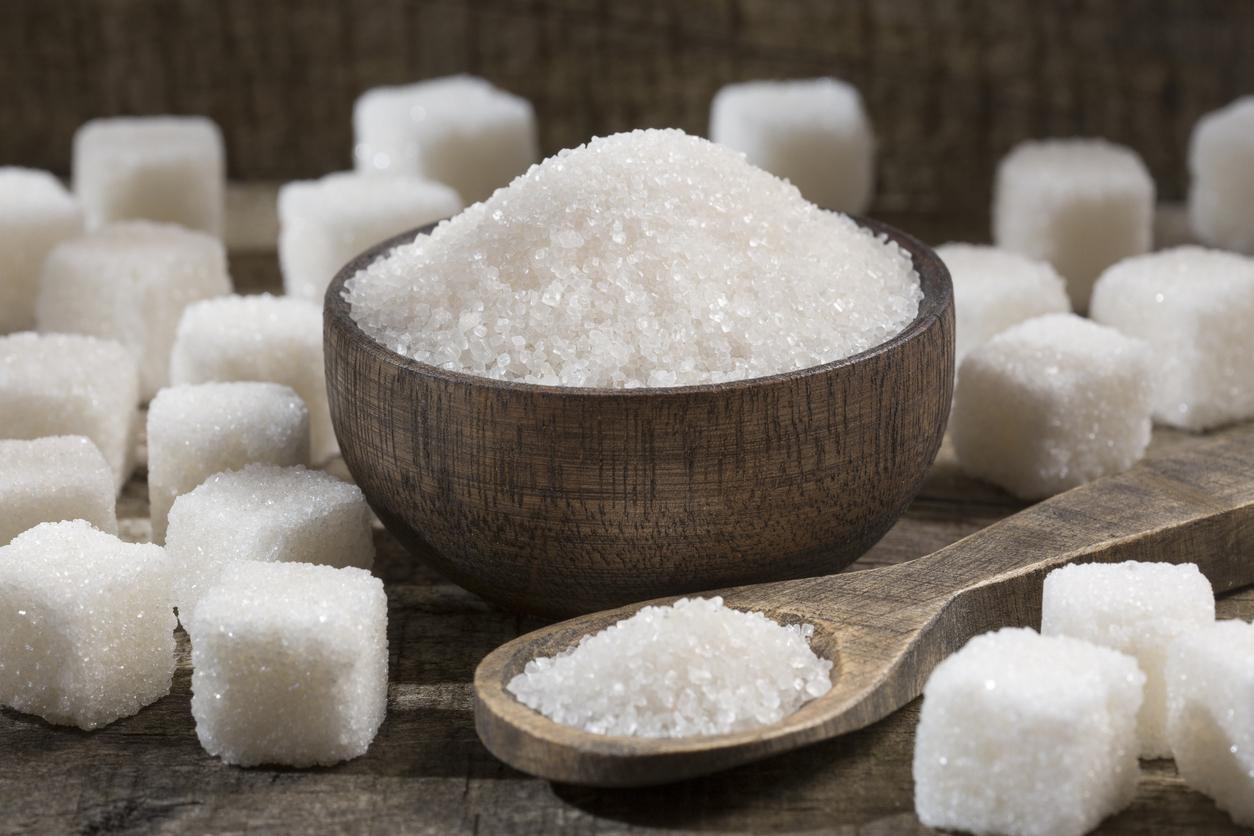“A Mr Freeze at the exhaust”. This is a bit like the image chosen by researchers to compare the effect of snow when it is put in the mouth, an annoying habit among children when they play in winter. The study published in the Environmental Science journal: Processes & Impacts reveals that the snow is laden with polluting particles that it retains as in a tank, like an exhaust pipe. This gloomy comparison was made by mixing snow samples with common polluting particles. The experts, researchers at McGill University in Canada; then assessed the extent to which these polluting sources were dissolved or attached to the snow.
As a result, in barely an hour of exposure, the level of “contamination” of the snow increased dramatically.
But what happens when the snow melts, ask the authors. The particles may evaporate into the ambient air or remain in the water. But that still remains to be demonstrated.
Already polluted air
The air we breathe is polluted and therefore dangerous for health. The World Health Organization has classified it as carcinogenic in 2013. The International Agency for Research on Cancer concluded that “exposure to outdoor air pollutioncauses lung cancer. “A link has also been established between air pollution and an increased risk of bladder cancer.”
>> To read also: The Parisian metro polluted with fine particles
Car air too polluted
Pollution kills more than AIDS and malaria
Infographic: what is a pollution peak
















